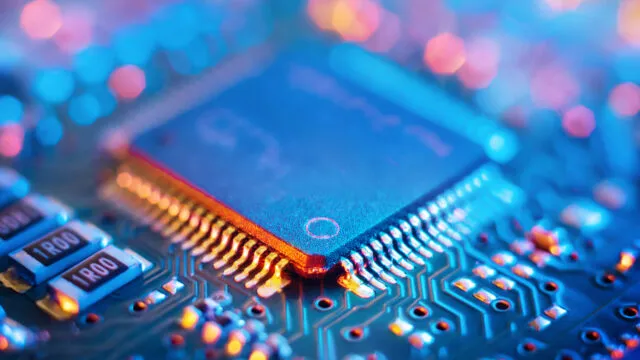After the wave of euphoria for anything tech-related in the wake of disruption prompted by Covid-19 lockdowns, consumer, internet, semiconductor and technology stocks in Asia have come under pressure this year.
While puzzling to some investors, Schroders believes the sell-off can be attributed to fears that the work-from-home trend is waning, as well as to concerns over mobile handset sales. A weaker global economic backdrop might also account for a general slowdown in tech demand.
Yet this focus on the short-term misses some key long-term trends.
“We expect we will see a near-term slowdown in demand alongside some earnings downgrades. But we don’t think any of the long-term themes have changed,” said Robin Parbrook, co-head of Asian equity alternative investments at the UK fund manager.
Semiconductor importance for transition
Many of the key trends that are expected to shape consumer and business demand for the foreseeable future are semiconductor-intensive.
Across electric vehicles (EVs), smart grids, charging networks, connectivity, data usage, artificial intelligence (AI), cloud services and automation, for instance, Parbrook believes we are closer to the beginning of tech transition than the end.
The move to EVs and mobility will likely be one of the biggest and most capital-intensive transformations in recent economic history. For example, in the US, 250 million internal combustion engine trucks and cars need to be replaced.
“The average EV has semiconductor content of around $1,000, given all the semiconductors needed to manage the battery, powertrain, driving and cabin functions,” explained Parbrook. This compares with roughly $400 on a typical combustion engine vehicle, based on figures from French chipmaker ST Microelectronics.
While investors might find it difficult to distinguish between the hundreds of EV start-ups in China and around the world, Parbrook said he can be sure that all the cars they produce will consume an enormous volume of semiconductors.
“Although we would never say the semiconductor industry isn’t cyclical, it is in our view a cyclical industry that has a strong long-term growth outlook,” he added.
Supply fears overblown
According to Schroders, there is much less cause for concern about supply than some investors might suggest.
High demand for semiconductors has certainly led to near-term shortages, with a large number of plans for new semiconductor plants raising questions about the potential for oversupply. Yet the broad industry is well positioned.
“Announced capacity additions have mostly been in the logic foundry space and are centred quite heavily on China. We are less concerned on the memory side given high industry consolidation and large barriers to entry,” explained Parbrook.
Knowledge and relationships as the main barriers to entry, rather than capital.
“South Korea and Taiwan dominate the semiconductor industry because they have the scale and knowledge and have invested huge amounts in maintaining this,” said Parbrook.

















